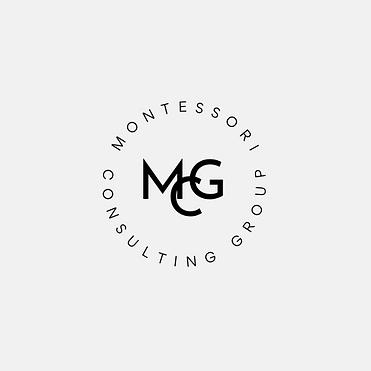
Strategic Planning
Strategic Planning for Montessori Schools
Montessori Consulting Group (MCG) brings extensive expertise in guiding strategic planning efforts for Montessori schools. Over the past decade, MCG's Founder and Executive Director, Connie Laufersky has successfully developed and implemented strategic plans that align school missions with long-term objectives and the needs of their communities. Through engagement with the AMS accreditation process, Connie has conducted in-depth evaluations of strategic planning practices, gaining valuable insights into best practices and common challenges across diverse Montessori environments.
As an educator with decades of experience, Connie Laufersky has shared her knowledge of effective strategic planning with school leaders through Montessori training centers and university programs. Her teaching emphasizes collaborative approaches, sustainability, and practical implementation strategies. This unique combination of hands-on experience, evaluative insights, and teaching expertise enables MCG to provide exceptional support to schools as they create and refine their strategic plans.
MCG’s Tailored Approach to Strategic Planning
MCG designs a strategic planning process that reflects the Montessori philosophy, ensuring that each school’s mission, educational goals, and operations work cohesively to support the development of the whole child. The process is customized to meet the unique needs of each school and typically includes these key steps:
Step 1: Review Mission, Vision, and Montessori Philosophy
-
Evaluate Montessori Alignment: Ensure that the school’s mission, vision, and core values are fully aligned with Montessori principles.
-
Clarify Long-Term Purpose: Reaffirm the program’s commitment to Montessori pedagogy and child-centered learning as the foundation for the strategic plan.
Step 2: Assess
-
Internal Assessment (SWOT): Analyze strengths, weaknesses, opportunities, and threats specific to the Montessori program, including staff, facilities, and curriculum.
-
Montessori Program Evaluation: Use Montessori-specific tools or accreditation standards to assess the quality of teaching, environment, and program delivery.
-
External Factors: Assess market trends, demographic shifts, and educational policy changes that could impact the Montessori program.
Step 3: Identify Strategic Montessori
Priorities
-
Focus on Key Areas: Based on the assessment, determine critical Montessori-aligned priorities such as curriculum fidelity, teacher development, community engagement, or facility expansion.
-
Montessori-Centered Focus: Ensure that each priority promotes authentic Montessori practices, child development, and long-term sustainability.
Step 4: Set Montessori-Specific Goals and Objectives
-
SMART Goals: Define clear, specific, measurable, achievable, relevant, and time-bound (SMART) goals for each strategic priority, ensuring they align with Montessori philosophy.
-
Prioritize Objectives: Focus on objectives that have the greatest impact on Montessori program quality and student development.
Step 5: Develop Action Plans & Implement
-
Assign Responsibilities: Designate leadership, teachers, and staff to lead the implementation of each strategic objective.
-
Action Steps & Resources: Outline key activities, timelines, and required resources (budget, Montessori materials, training) for executing the strategic plan.
-
Communicate and Engage: Ensure all stakeholders are informed about the strategic plan and understand their roles in supporting its success.
Step 6: Monitor, Evaluate, and Adjust
-
Track Progress: Regularly monitor progress using Montessori-specific metrics such as classroom observation, teacher certification levels, and student growth.
-
Review and Reflect: Conduct annual reviews of the plan’s effectiveness, making necessary adjustments based on feedback and emerging needs.
-
Continuous Improvement: Foster a culture of ongoing reflection, ensuring that the Montessori program evolves while staying true to its core values.
